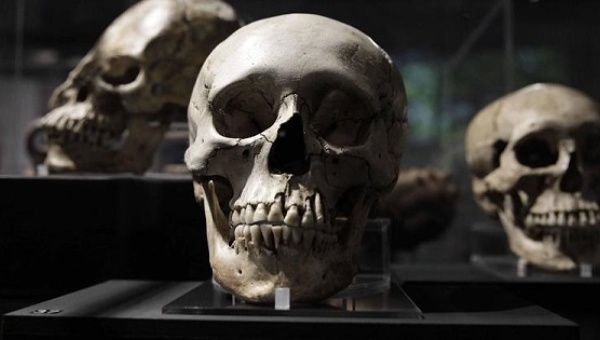Costa Rica Entertainment – The exhibition will remain on show until September at the Jade Museum in San Jose.
 Skeletal remains of Mesoamerican Indians with artificial cranial deformations and filed teeth, and who settled in Costa Rica centuries ago, are being exhibited to the public for the first time since their discovery near the Pacific coast in the northern part of the country.
Skeletal remains of Mesoamerican Indians with artificial cranial deformations and filed teeth, and who settled in Costa Rica centuries ago, are being exhibited to the public for the first time since their discovery near the Pacific coast in the northern part of the country.
The temporary Jade Museum exhibition “Life and Death in the Jicaro Valley, Culebra Bay,” dates the arrival of these settlers to between 800-900 A.D. Their customs and physical characteristics suggest a Mesoamerican descent.
The cultural patterns of Mesoamericans are reflected in the iconography on the ceramics, objects made from human bones and the custom among some elements of the population to elongate the skull and file the teeth.
“It’s important to understand that there is evidence of the arrival of new settlers in the Culebra Bay area from southern Mexico. They came to live here because of political pressures,” curator and archaeologist Virginia Novoa told EFE.
Artificial cranial modification was a practice performed on very young children. Some slabs were tied to their heads to elongate the skull for an aesthetic effect, while the dental filing was common among adults of Mesoamerican descent, also for aesthetic reasons and as a status symbol, the archaeologist said.
From Telesurtv, Photo From EFE
